Regardless of your stance on the volatile issue of deaccessioning, it can be agreed that good governance requires both the careful collections stewardship and the execution of fiduciary responsibility. An effective board sees and responds to the first signs of financial trouble within their institution and promptly deals with those problems long before the controversial issue of deaccessioning arises. Are you beginning to see red ink on your balance sheet? Is your audience declining? Does your museum routinely defer maintenance for “just one more year”? Is your staff anxiously waiting for a single big check to keep the lights on? If you answered yes to any of these questions, the time to act is now. Don’t wait until it is too late to seek help. MTA’s Board and Staff are available to assist and to connect you to the resources that your museum needs.
As an organization with an educational mission, we rely on our semi-annual Forums to be our most significant arena for discussion. Deaccessioning and Fiscal Responsibility will be a topic at one or more of our 2018 Forums. Mark your calendar- next year’s event schedule is available now!
Can’t make it to San Diego or Hartford? Our Tips for Trustees blog has become a valuable resource to the field. In November, we will be working with our partners to develop a series of Tips that take a closer look at the early warning signs preceding fiscal crisis, and create ways to address them effectively. We look forward to your continued enthusiastic discussion.


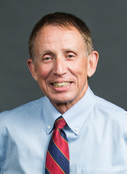
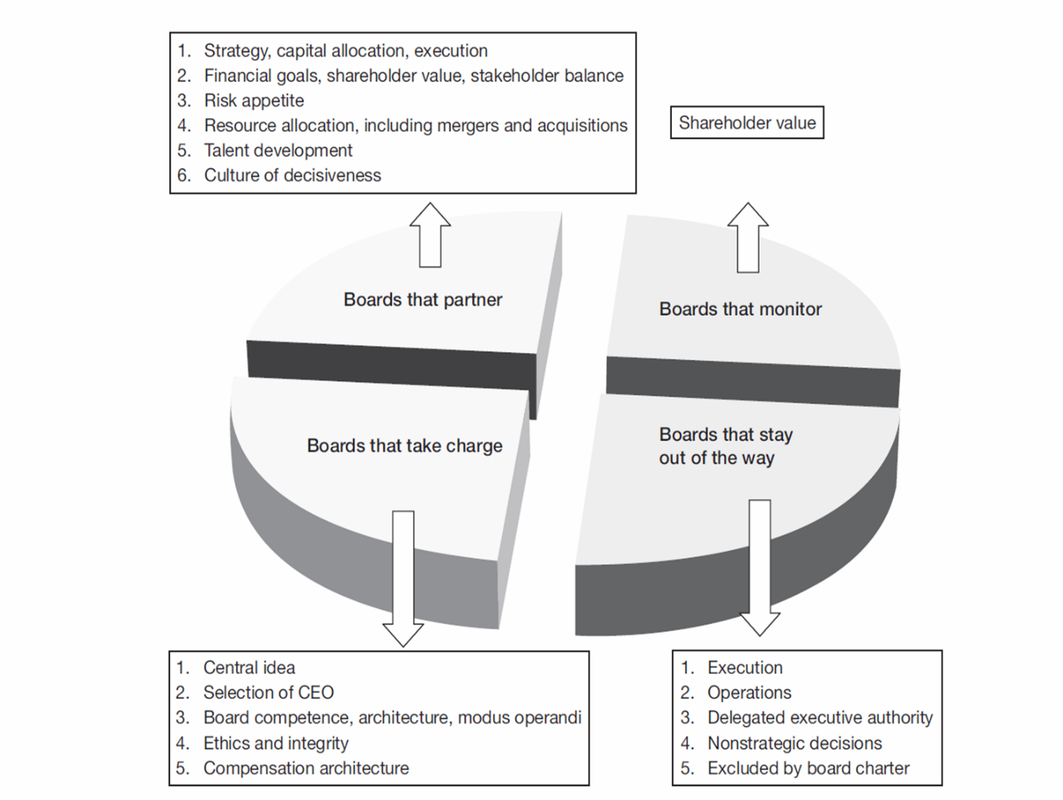
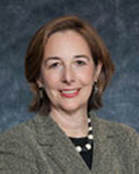
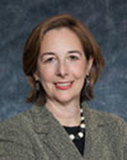
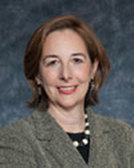
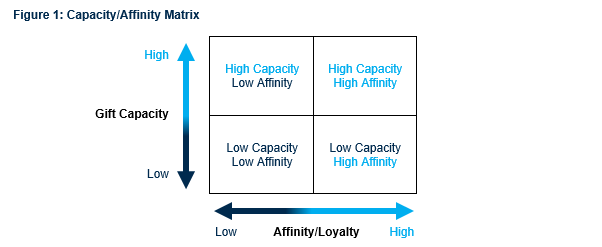
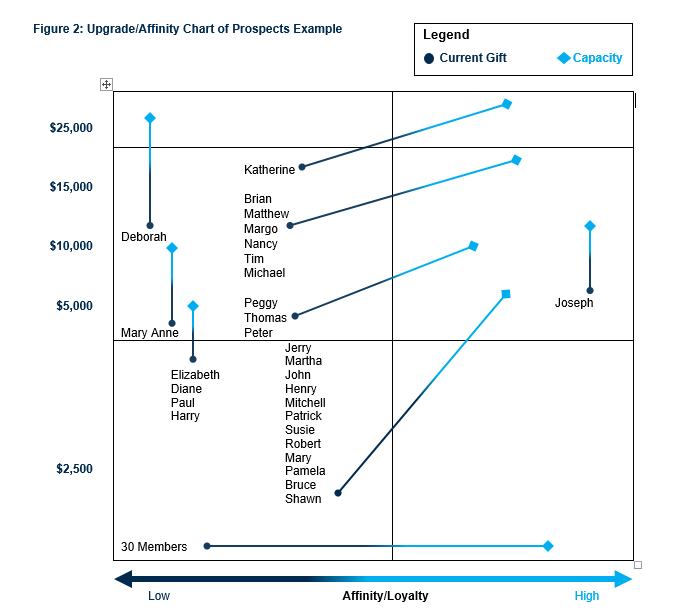
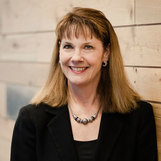

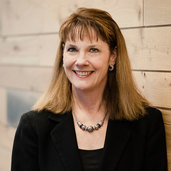


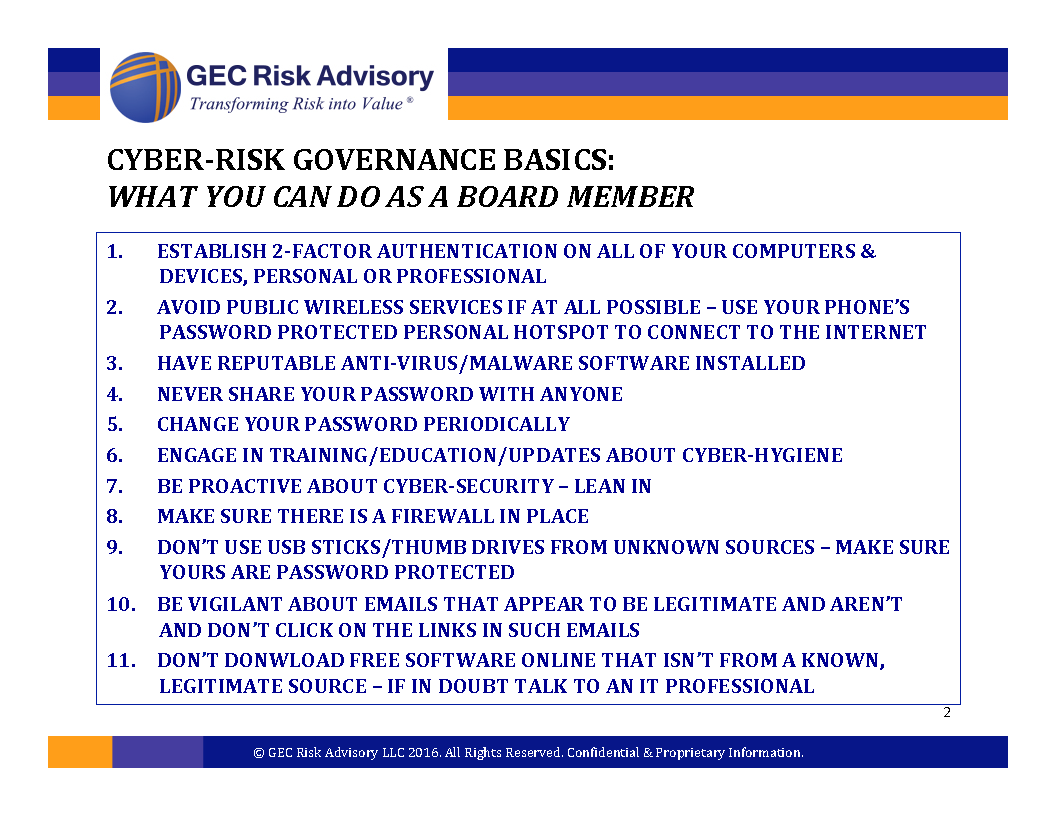
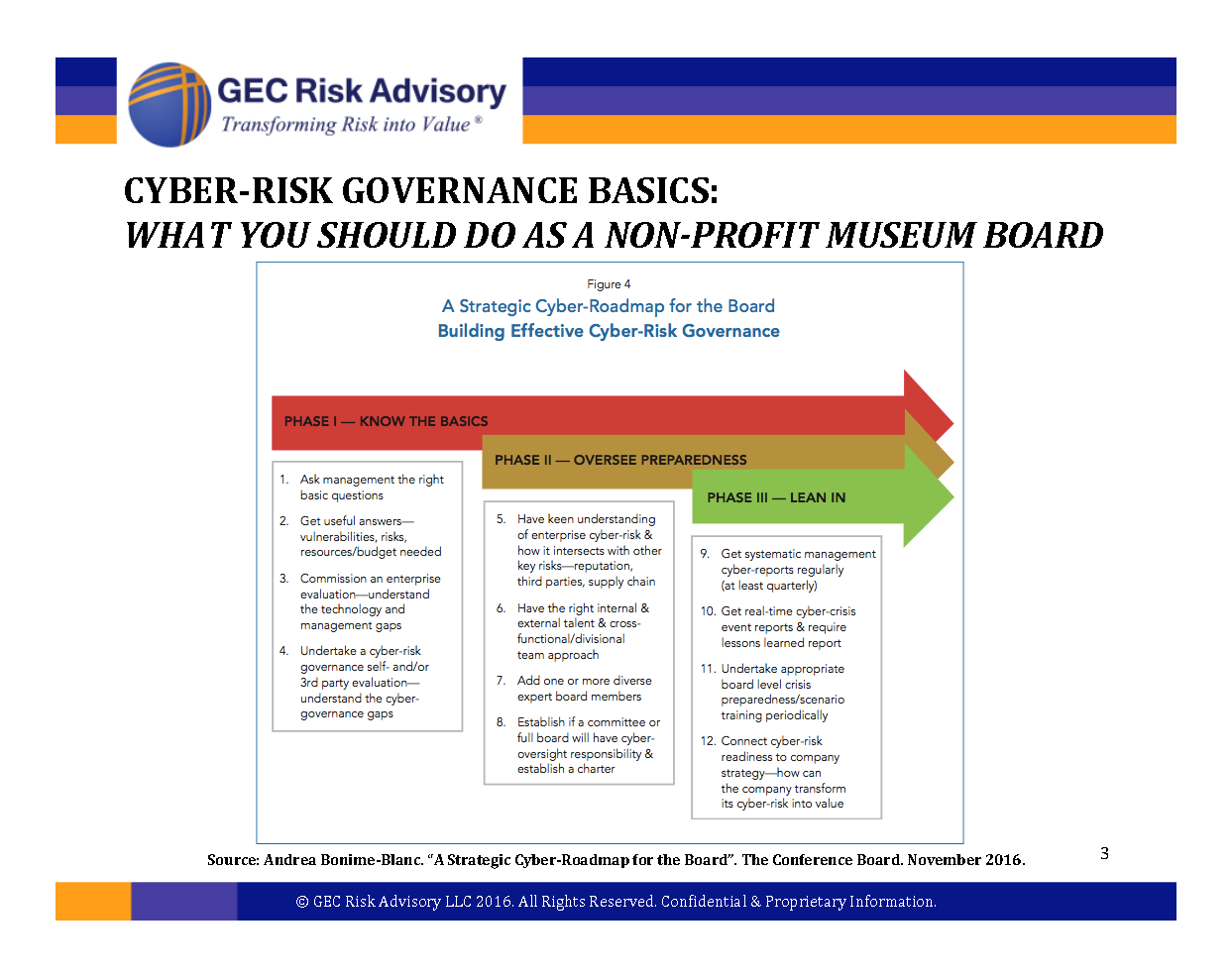


 RSS Feed
RSS Feed